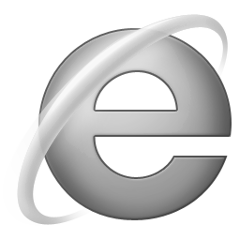HTML Article Element: Learn When (And Where) To Use It Now
Disclosure: Your support helps keep the site running! We earn a referral fee for some of the services we recommend on this page. Learn more
- Element of
- HTML Document Structure Before And After HTML5 – Here’s What Changed
- What does
HTML Article Element: Learn When (And Where) To Use It Nowdo? - The <article> element identifies a self-contained piece of content which could theoretically be distributed to other websites and platforms as a stand-alone unit. The <article> element is a good choice to contain entire blog posts, news articles, and similar content.
- Display
- block
- Usage
- semantic | structural
Independent Unit of Content
The <article> tag is one of the new semantic elements introduced with HTML5. According to the HTML5 specification:
The article element represents a section of content that forms an independent part of a document or site; for example, a magazine or newspaper article, or a blog entry.
This is most often used in two contexts:
- On a page with a single piece of content, a single
<article>element can be used to contain the main content and set it off from the rest of the page. - On a page with multiple pieces of content (a blog index page, a search results page, a category page, a news feed), multiple
<article>elements can be used to contain each individual piece of content.
Either way, this is functionally similar to using <div> elements, and the display and styling work the same. However, using the <article> element instead of <div> provides more semantic information to screen readers, search engines, and third-party applications.
Example Code
<!-- Blog Index Page - Multiple Article Elements --> <body> <header> <h1>Title of Site</h1> </header> <main> <article> <header> <h2>Title of Blog Post</h2> </header> <p>Lorem ipsum dolor sit amet, consectetur adipiscing elit. <a href="">Read More.</a></p> </article> <article> <header> <h2>Title of Blog Post</h2> </header> <p>Lorem ipsum dolor sit amet, consectetur adipiscing elit. <a href="">Read More.</a></p> </article> <article> <header> <h2>Title of Blog Post</h2> </header> <p>Lorem ipsum dolor sit amet, consectetur adipiscing elit. <a href="">Read More.</a></p> </article> </main> </body> <!-- Single-Article Page --> <body> <header> <h2><a href="/">Title of Site</a></h2> <!-- Some people omit the <h2> tags. --> </header> <main> <article> <header> <h1>Title of Page or Blog Post</h1> <!-- Post data such as author, publication time, and tags may go here. --> </header> <!-- The article content. --> </article> </main> </body> Browser Support for article
 |  |  |  |  |  |
| Not supported. | 43 | 45 | 13 | 9 | 34 |
